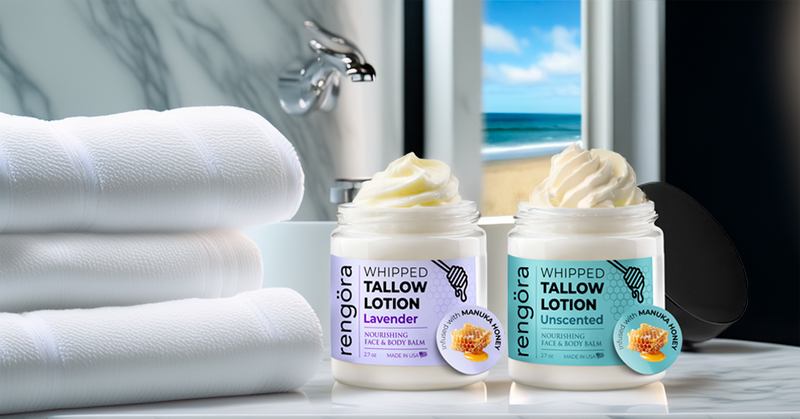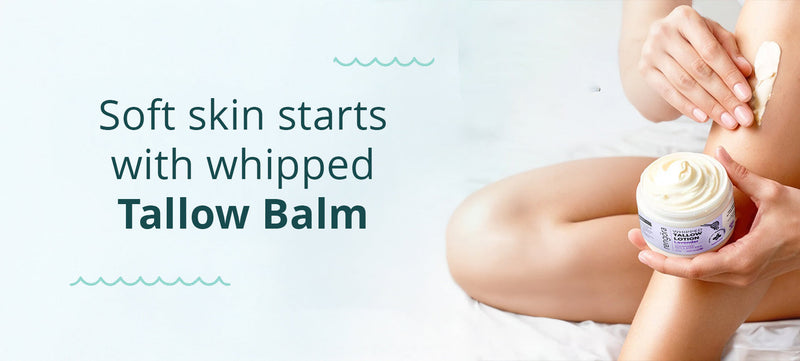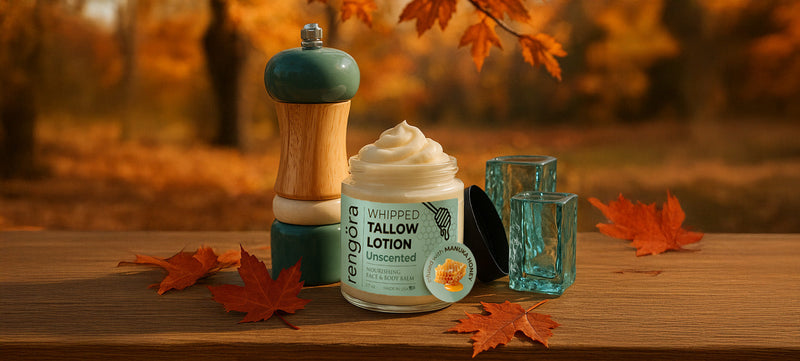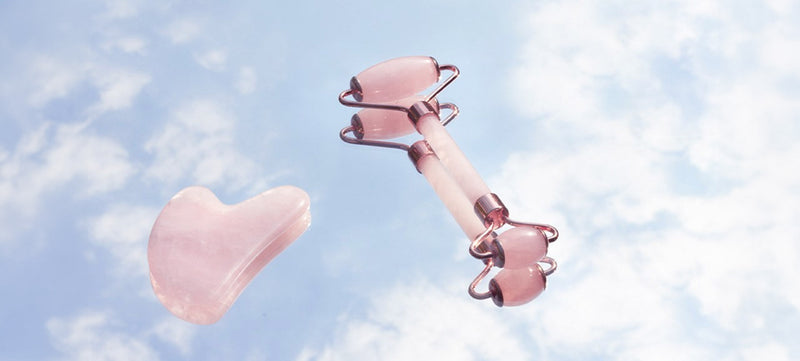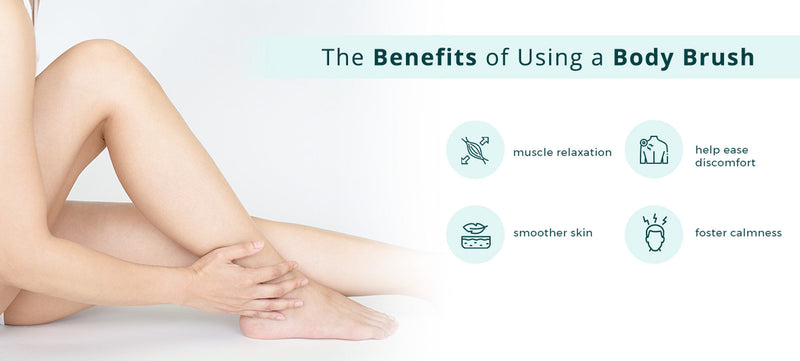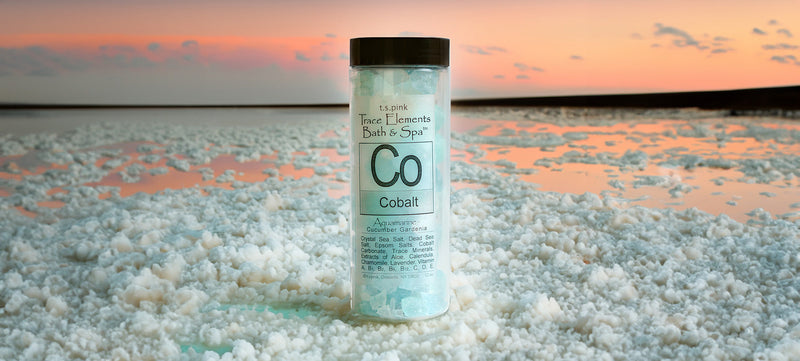


You may have heard about dry brushing your skin on social media, read about it in magazines or beauty blogs, and even seen it on health and wellness programs. But what exactly is dry brushing, and how can it help you? Here, we’ll answer some top questions you might have about the ins and outs of dry brushing, as well as give some great tips about finding the best dry brush for you.
Does dry brushing work?
While this is probably the question you most want answered, it’s a little more complex than a simple ‘yes’ or ‘no’. Dry brushing does do a very effective job of getting rid of dead skin cells, which especially become an issue as we age. While our skin does have the power to renew itself, thereby getting rid of the dead skin cells on the top layer, this ability decreases as we age. Once into our 30s and beyond, the top layer of dead skin cells can start to become tougher to get rid of on their own; therefore, a dry brush is quite an efficient tool for this process, if used properly and regularly.
It’s also important to make sure you’re using the best dry brush out there, rather than a low quality one. For instance, the Rengora Exfoliating Body Brush is made with all natural boar bristles of the highest quality, and the craftsmanship in the handle makes sure that this is a product that will last for years to come.
As we’ll detail below, when it comes to issues of reducing cellulite, improving circulation, and lymphatic drainage, dry brushing is ultimately a temporary solution to these issues and cannot provide any permanent fix or ‘magic cure’. As with many things, it’s important to stick with a routine over a period of time to see the best results!
What are the side effects of dry brushing?
Though not severe, dry brushing side effects can range from irritated skin to mild abrasions. The trick to effective and non-harmful dry brushing is to work the brush gently on your skin, being sure to keep the brush moving in upward motions so you aren’t over-brushing any particular area. You should also make sure to build your skin up to the practice of dry brushing – work gently on your skin the first few times you dry brush, and if that feels good, then slowly increase the pressure as you continue your dry brushing regimen.
After dry brushing, always make sure to moisturize and, if you’ll be going outside, put on that sunscreen! Your skin can be more sensitive to sunlight and UV rays after dry brushing, seeing as you’ve sloughed off a layer of dead skin cells, so it’s important to protect your skin after dry brushing – that way you reap the benefits of healthier skin!
How many times a week should I dry brush my skin?
Ultimately, your dry brushing routine will depend on the sensitivity level of your skin. For normal skin, you can dry brush 7-14 times per week (1-2 times per day) in order to get rid of those dead skin cells, temporarily improve blood flow and circulation, and reduce the appearance of cellulite.
If you have sensitive skin, however, it’s best to keep dry brushing to 1-2 times per week. This will ensure your skin has time to recover after each dry brushing routine, and you’ll still be able to see and feel the benefits of dry brushing.
Does dry brushing help lymphatic drainage?
While dry brushing for lymphedema, or to help with their lymphatic drainage, should not take the place of a doctor’s care or medicine, it can be effective. Your liver is your body’s natural detoxifying system, but dry brushing can help encourage the removal of toxins by increasing the blood flow and circulation within your body, if only temporarily. To achieve the best results, make sure you brush upwards, in the direction of your heart (this is where the lymphatic system drains back into your circulation). If you’re able to, repeat twice a day for continued results.
Does dry brushing help cellulite?
Dry brushing cellulite away might seem too good to be true – and in some ways it is. Dry brushing does increase the blood flow and circulation in your skin, which then makes the area appear less ‘dimpled’ and more plump. The affects, however, are only temporary and your skin will return to normal within about 12-24 hours. Therefore, as we’ve encouraged throughout, the best results will be achieved through a continuous routine over a period of time.
Hopefully we’ve answered all of your top questions about dry brushing, and whether dry brushing works. Feel free to send any other questions our way and we’ll aim to answer them in another blog post!




